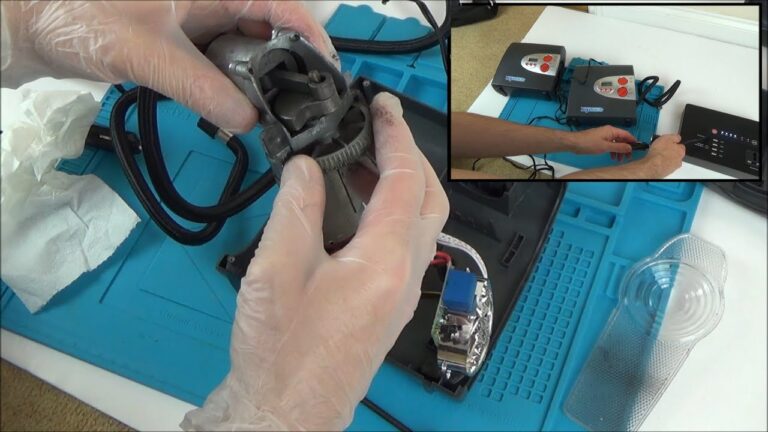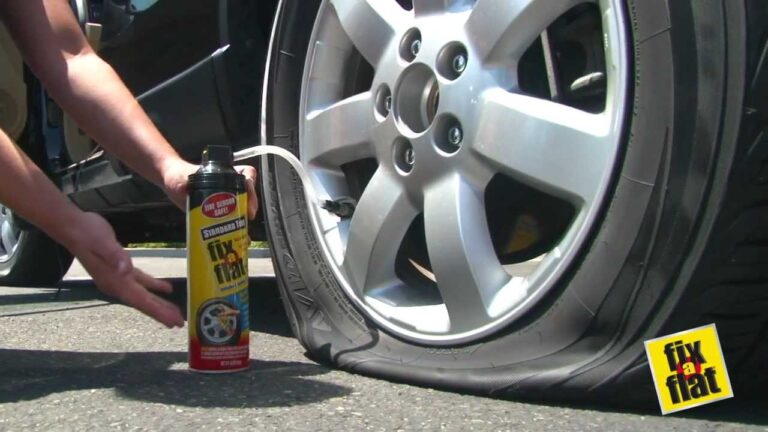How To Inflate A Bike Tire With A Presta Valve
Flat tire? It’s happened to the best of us! Knowing how to properly inflate your bike tire, especially one with a Presta valve, is a crucial skill for any cyclist. This guide will walk you through the process step-by-step, ensuring you’re back on the road (or trail) in no time. You’ll learn everything you need to know about how to pump up bike tire with Presta valve, from choosing the right pump to troubleshooting common problems. Let’s get started!
Understanding Presta Valves
Presta valves, also known as French valves, are a common type of valve found on many road bikes and high-performance bicycles. This section will cover the basic anatomy of a Presta valve and why they are preferred by many cyclists.
Presta Valve Anatomy
A Presta valve consists of a small, slender tube with a threaded cap at the top. Inside is a pin that controls the airflow. Unlike Schrader valves (common on car tires), Presta valves require a specific type of pump or an adapter.
- The Cap: This protects the valve from dirt and debris. It also needs to be unscrewed before inflating.
- The Valve Stem: This is the thin, cylindrical part of the valve through which air flows.
- The Inner Pin: This small pin controls the airflow. It’s pushed down by the pump head to allow air into the tire.
Why Use Presta Valves?
Many cyclists prefer Presta valves due to their slim profile, which reduces the risk of punctures and allows for the use of lighter, more aerodynamic wheels.
- Lightweight: Presta valves are generally lighter than Schrader valves, contributing to a lighter overall wheel weight.
- Aerodynamic: Their slim design improves aerodynamic performance, particularly at high speeds.
- Reduced Puncture Risk: The smaller profile means less chance of the valve being damaged in a puncture.
Inflating Your Tire with a Presta Pump
This section details the step-by-step process of using a pump specifically designed for Presta valves. We’ll cover proper technique to avoid leaks and ensure optimal inflation.
Choosing the Right Pump
Select a pump clearly labeled as compatible with Presta valves. Floor pumps are generally easier to use but hand pumps are more portable. Look for a pump with a pressure gauge for accurate inflation.
- Floor Pumps: These offer superior power and ease of use, ideal for regular tire inflation.
- Hand Pumps: More portable, ideal for on-the-go inflation, but may require more effort.
- CO2 Inflators: These provide extremely quick inflation using CO2 cartridges, but are a one-time use per cartridge.
Step-by-Step Inflation
- Unscrew the Cap: Gently unscrew the valve cap and set it aside.
- Open the Valve: Fully depress the small pin in the Presta valve. You will hear or feel a slight ‘click’.
- Attach the Pump: Firmly attach the pump head to the Presta valve. Ensure a tight seal to prevent air leakage.
- Inflate the Tire: Pump steadily until the tire reaches the recommended pressure (printed on the tire’s sidewall).
- Close the Valve: Once inflated, release the pump and carefully remove it. The inner pin should automatically close.
- Replace the Cap: Re-screw the valve cap to protect the valve.
Checking Tire Pressure
Using a pressure gauge (either built into your pump or a separate gauge) check your tire pressure. Regularly checking your tire pressure is important for optimal performance, safety, and preventing premature wear on your tires. Under-inflated tires are more prone to pinch flats while over-inflated ones can cause a harsh ride and increased risk of damage to the rim.
Inflating with a Schrader-to-Presta Adapter
Many cyclists use pumps with Schrader valves. This section demonstrates how to inflate a Presta valve using a readily available adapter.
Using an Adapter
Presta-to-Schrader adapters are inexpensive and readily available at most bike shops. These small devices allow you to use a standard Schrader pump with your Presta valve.
- Adapter Selection: Choose an adapter specifically designed for Presta valves. Ensure a secure fit.
- Attachment: Screw the adapter onto the Presta valve. Ensure a good seal.
- Pumping: Use your Schrader pump as usual.
- Removal: After inflating, remove the adapter and replace the valve cap.
Troubleshooting Adapter Issues
Sometimes, adapters may not create a perfect seal. This may be due to dust or debris on the valve.
- Cleaning: Before using the adapter, clean the valve stem with a slightly damp cloth to remove dirt and debris.
- Tightening: Ensure the adapter is firmly and fully screwed onto the valve stem. Try gently turning the adapter back and forth.
- Alternative Adapters: If problems persist, consider trying a different adapter. Some adapters provide a better seal than others.
Common Problems and Solutions
This section addresses common issues encountered while inflating Presta valves, providing solutions to help get you back on the road.
The Valve Won’t Inflate
This can occur if the valve core is not fully open, the pump head isn’t tightly sealed, or there’s debris in the valve.
- Check if the valve core is open. You should hear or feel a slight ‘click’.
- Inspect the pump head for proper fit. Make sure it’s sealed tightly against the valve stem.
- Check for debris in the valve and clean it using a damp cloth if necessary.
Slow Inflation
Slow inflation can be due to a loose pump head, a partially closed valve, or a leak in the tire.
- Pump Head Seal: Ensure a tight connection between the pump head and the valve.
- Valve Core: Verify that the valve core is fully open.
- Tire Leak: If slow inflation continues after checking the above, your tire might have a leak.
Mythbusting: Presta Valves are Difficult
Many believe Presta valves are harder to use than Schrader valves. While requiring a different technique, they’re not inherently more difficult. With practice, inflating Presta valves becomes quick and easy.
FAQ
What is the correct tire pressure for my bike?
The recommended tire pressure is usually printed on the tire’s sidewall. Always refer to this information for optimal performance and safety.
What if I don’t have a Presta pump?
You can use a Schrader pump with a Presta-to-Schrader adapter. These adapters are readily available at most bike shops.
Why is my tire leaking after inflation?
A leaking tire can indicate a puncture, a faulty valve, or a problem with the tire itself. Check for obvious punctures and consider taking it to a bike shop for professional assessment.
How often should I check my tire pressure?
It’s recommended to check your tire pressure before every ride, especially if you haven’t ridden in a few days.
What should I do if I can’t inflate my tire at all?
If you have difficulties, consider checking the valve, the pump and try cleaning the valve before starting again. If the problems persists, you may require a professional tire repair.
Can I over-inflate a bike tire?
Yes, over-inflating can damage the tire or rim. Always inflate to the pressure recommended on the tire sidewall.
My valve cap keeps falling off, what can I do?
Make sure the valve cap is screwed on tightly. If it still falls off, you can consider using a valve cap with a retaining strap or replacing the valve entirely.
Final Thoughts
Mastering the art of inflating your bike tires with a Presta valve is a fundamental cycling skill. While it might seem daunting initially, with a little practice and the right tools, you’ll be able to pump up your tires efficiently and safely every time. Remember to check your tire pressure regularly and refer to the manufacturer’s recommendations printed on your tires. Happy riding!



